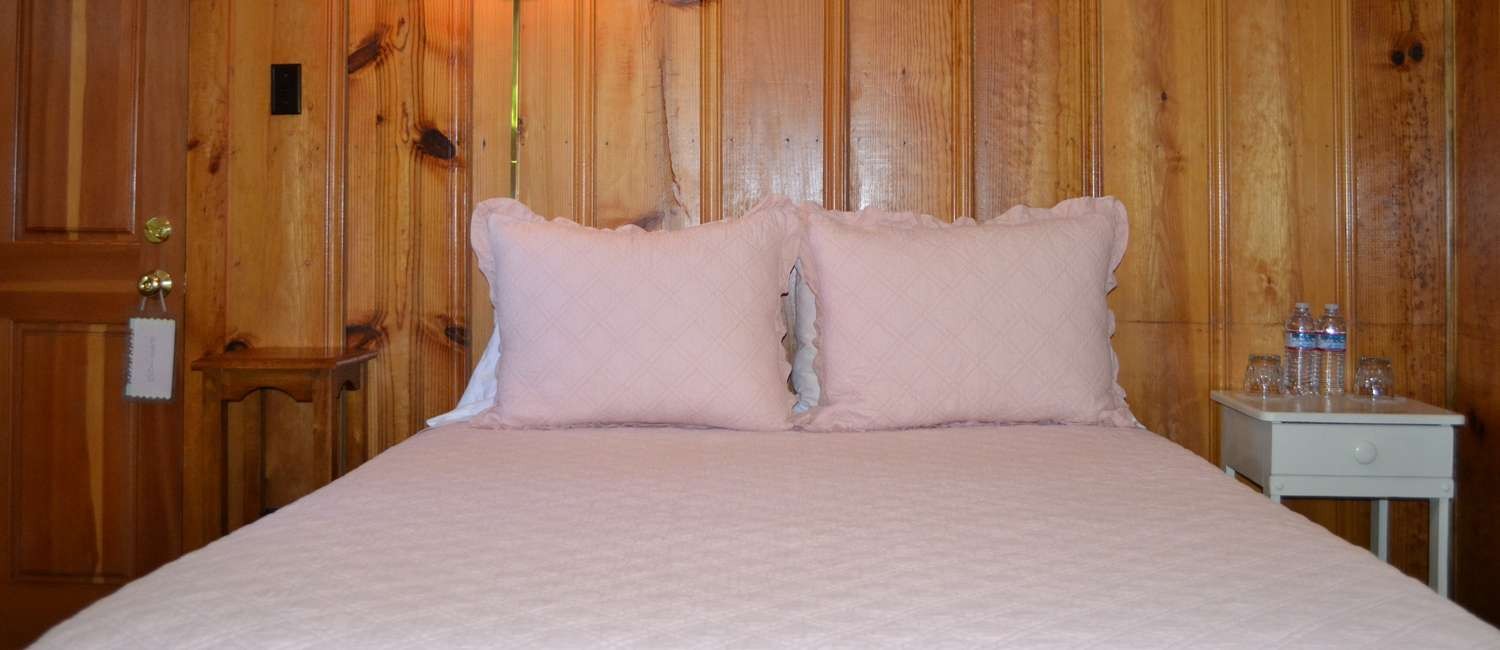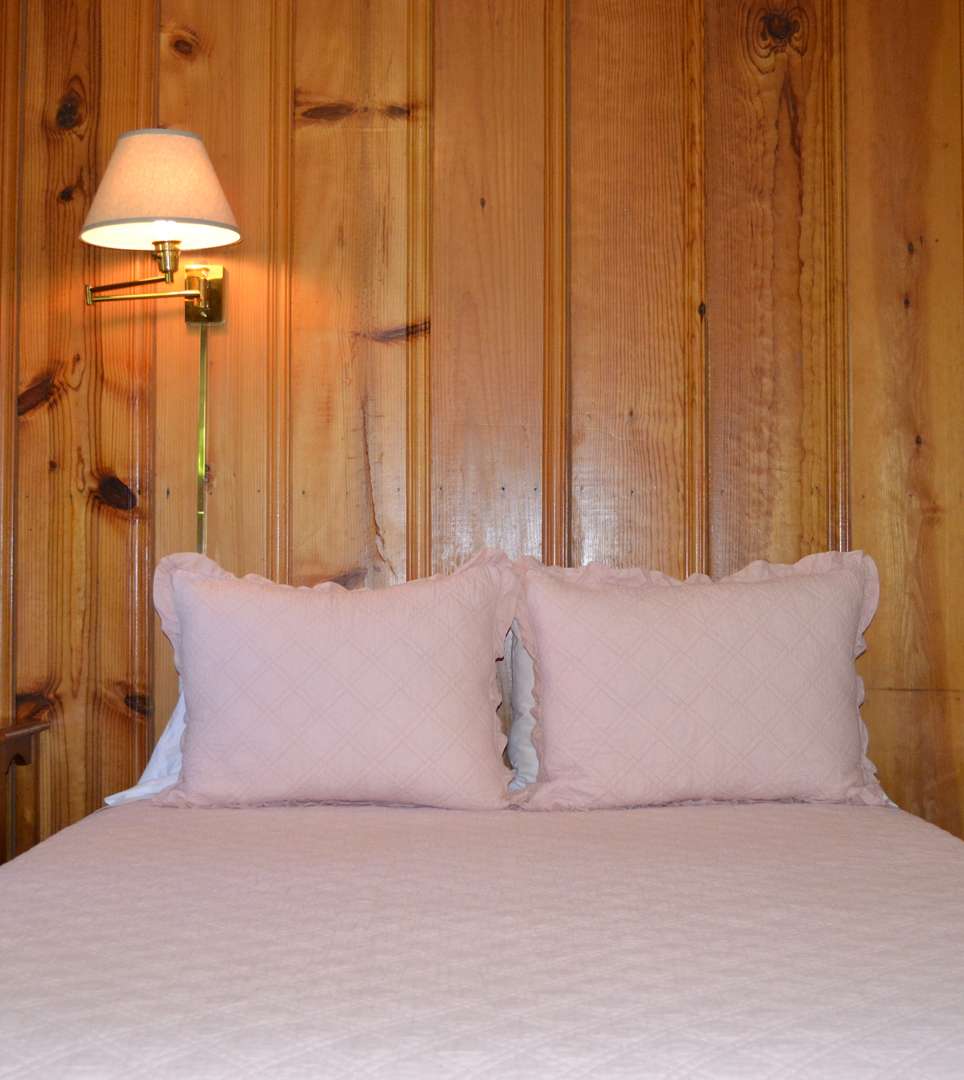Planning And Budgeting For a National Parks Trip
After nearly two years of being in lockdown, we could all use a little fresh air and time outdoors. Thankfully, there is no shortage of beautiful national parks to explore in the U.S. during every season.
From glaciers in Montana to sandstone arches in Utah, there are amazing sights to be seen all over the country. With a bit of preparation, a trip to any national park can be affordable and fun for solo travelers and large families alike. Here’s what you need to know about planning and budgeting for a trip to a national park.
Best national parks to visit by season
Winter: Grand Canyon National Park
When winter rolls around, one of the best natural parks to visit is Grand Canyon National Park. Located in Arizona, Grand Canyon National Park is temperate, with average temperatures in the winter ranging from 40 to 60 degrees. The mild weather makes for an ideal park experience in the winter months as you won’t have to worry about snow and ice hampering your trip.
On top of the mild weather, the Grand Canyon is one of the greatest national landmarks in the U.S. and attracts visitors worldwide. Its iconic canyons are millions of years old, and there is almost 2,000 miles of park to explore.
On top of the beautiful scenery, there are hundreds of animal species to observe—some of which you can’t find anywhere else. From hiking and camping to mule rides on some of the park’s most stunning trails, there is a little something for everyone in Grand Canyon National Park.
When budgeting for a trip to the Grand Canyon, there are a few costs to consider. First, the admission fee of $35 per vehicle for a seven-day pass. If you plan to visit the park more than once in the same year, you can also consider an annual pass for $70, which gives you unlimited admission.
While a trip off into the woods may seem like a rugged adventure, it’s important to understand the necessary safety precautions for backpacking and to not exceed your skill level. While Grand Canyon National Park is beautiful, it is not without dangers.
The park is home to bears and is quite large, making it easy for an inexperienced backpacker to get lost. That said, with the proper knowledge and preparation, the park is one of the best to visit in the U.S. and offers sights you can’t see anywhere else in the world.
Spring: Arches National Park
Located in the Moab region of Utah, Arches National Park is an ideal destination for spring travelers. Known best for its thousands of natural sandstone arches, the park is a top destination for hikers and backpacking enthusiasts with more than 1.5 million visitors annually.
The average spring temperatures in Arches National Park range from 40 to 70 degrees with few rainy days. With over 100 miles of the park, there is no shortage of trails to explore. Arches have the highest density of natural arches anywhere in the world, but it’s so much more than just its geography.
For those interested in history, Arches was home to hunter-gatherers at the end of the Ice Age, around 10,000 years ago, and more recently to Native American ancestors who were early agriculturalists roughly 2,000 years ago. Visitors can see examples of their presence in the Ute petroglyphs, which are ancient stone drawings made by members of the Ute Tribe.
There are plenty of activities available in Arches National Park, including hiking, mountain biking, camping and rock climbing. Entrance to the park costs $30 per vehicle or $15 per person on foot. You can also purchase the America the Beautiful – The National Parks and Federal Recreational Lands Pass for $80, giving you access to more than 2,000 federal recreation areas.
As with all national parks, you should consider a few safety factors when traveling to Arches National Park. If you travel in the summer rather than the spring, be prepared for high temperatures and pack accordingly. Additionally, Arches is home to a range of wildlife, including bears, so it is important to carry bear spray and remain vigilant while hiking and enjoying the park.
Summer: Glacier National Park
If you’re looking for the best national park to visit in the summer months, look no further than Glacier National Park. Located in Montana’s Rocky Mountains, the park spans over 1,500 miles and is home to the famous Hidden Lake.
With over 700 miles of hiking trails to choose from, the summer is an excellent time to visit Glacier National Park. The weather is temperate, ranging from 40 to 70 degrees on average. The park is located in a region of the northern U.S. and parts of Canada known as the “crown of the continent ecosystem” and is one of the most biodiverse regions in the country.
Visitors to Glacier National Park can see over 1,000 species of plants and hundreds of species of animals during their hike. If catching a glimpse of a moose, bear or even the rare wolverine sounds exciting, Glacier National Park is an ideal place to hike.
On top of its unique wildlife, there are many active glaciers in the park and more than 130 named lakes. If you are traveling to the park specifically to see glaciers, you may want to go soon. Due to climate change, the park’s glaciers (once numbered at almost 150) have dwindled to just 25, and scientists predict that all glaciers within the park could be gone by 2030.
Visitors to Glacier National Park can expect to spend $35 per vehicle for a seven-day trip or $70 for an annual pass.
Fall: Yellowstone National Park
Established in 1872, Yellowstone National Park is not only the first national park in the U.S., but also widely considered to be one of the first national parks in the world. While it is located primarily in Wyoming, the park extends into Montana and parts of Idaho and encompasses an astounding 2,221,000 acres. For reference, that is larger than the state of Delaware.
Yellowstone is perhaps best known for its many geothermal features, including the iconic “Old Faithful” geyser. About half of all geysers in the world are in Yellowstone National Park, with visitors able to see eruptions from 465 active geysers at any given time.
In addition to its beautiful geography, Yellowstone is home to hundreds of hiking trails through a region that is the largest intact ecosystem in the northern hemisphere. Due to this, Yellowstone has no shortage of flora and fauna to explore.
It costs $35 per vehicle to enter the park for up to seven days. It’s important to note that this entrance fee does not include access to the nearby Grand Teton National Park.
Planning your trip
Gear
Before heading off to any national park, you’ll need to budget for the supplies you will need for your trip. For a day trip, you may only need a backpack with essentials like water, food, a first aid kit, and bear spray.
For a longer hike where you plan to camp in the park, you will need to factor in added costs for tents, portable stoves, sleeping bags, and more. While prices range depending on the gear you need, it can cost anywhere from $1,000 to $5,000 to fully outfit yourself for a backpacking trip.
For an average three- to a five-day backpacking trip, you will need:
- Navigation tools (compass and map)
- Backpack
- Tent
- Sleeping bag and sleeping pad
- Stove and fuel
- Kitchen supplies
- Food
- Water bottles and water-treatment supplies
- Weather-appropriate clothing
- Emergency and hygiene supplies
- Small repair kit
Camping
If you plan to camp in the park, it’s important to research in which areas of the park you are allowed to do so. Many national parks charge anywhere from $15 to $60 per night to camp.
Here are the camping costs for the parks mentioned above:
National Park |
Camping fee(Price depends on season, availability, and size of the campsite) |
| Grand Canyon National Park | $10 – $60 per night |
| Arches National Park | $10 per night |
| Glacier National Park | $20 – $23 per night |
|
Yellowstone National Park |
$15 – $32 per night |
Budgeting
Setting a budget before heading out on vacation is always a good idea, and a trip to a national park is no different. Whether you are going for the day or planning a multi-week backpacking trip, it’s helpful to factor in the cost of park fees along with gear and other necessities.
Costs to enter a national park can range from free to more than $40 per vehicle, and camping can set you back another $60 a night. Factor in the cost of gear and food, and most visitors can expect to spend anywhere from $40 to a few hundred dollars for a trip to a national park.
If you plan your trip several months in advance, try setting aside a little money every week so that the cost of fees, food, and gear doesn’t catch you by surprise.
National park “fee-free” days
If you want to skip the entrance fees at any national park in the country, there are a few days a year that the National Parks Service designates as “fee-free” days.
- January 18: Birthday of Martin Luther King, Jr.
- April 17: First day of National Park Week
- August 4: Anniversary of the Great American Outdoors Act
- August 25: National Park Service Birthday
- September 25: National Public Lands Day
- November 11: Veterans Day
Devise your rewards strategy
You can maximize spending for your trip to a national park with the right credit card. If you are flying to your destination of choice, consider using a travel credit card to book your flight. For example, the Chase Sapphire Preferred Card offers cardholders 5X points on all travel booked through the Chase Ultimate Rewards program. Plus, once you get to your destination, you can earn an additional 3X points on dining. These are rewards you can earn on purchases you already planned to make and can help you towards the next trip you plan to take in the process.
If you are driving to your national park of choice, consider a card that will reward you for gas and groceries that you’ll undoubtedly need along the way. The Citi Premier® Card offers three points for every dollar spent at restaurants, supermarkets, gas stations, and on hotel and air travel purchases.
Finally, it’s always a good idea to take stock of any rewards you may have saved up from credit cards you already have. Whether it’s points, miles, or cashback, you can use your rewards to ease the costs associated with traveling to our nation’s most beautiful destinations.
The bottom line
The U.S. is home to some of the most beautiful national parks in the world, and after almost two years in lockdown, we could all use some fresh air and time in nature. No matter what the season, there are parks waiting for you to explore.
When it comes to costs, national parks offer a more affordable way to travel. And if you plan your days carefully, you can even get in the parks for free. With proper budgeting and a little help from points or miles that you may have on your credit card, anyone can take advantage of the natural wonders that exist in the 423 national parks around the nation.
This article is originally published at www.bankrate.com/finance/credit-cards/planning-national-park-trip.


